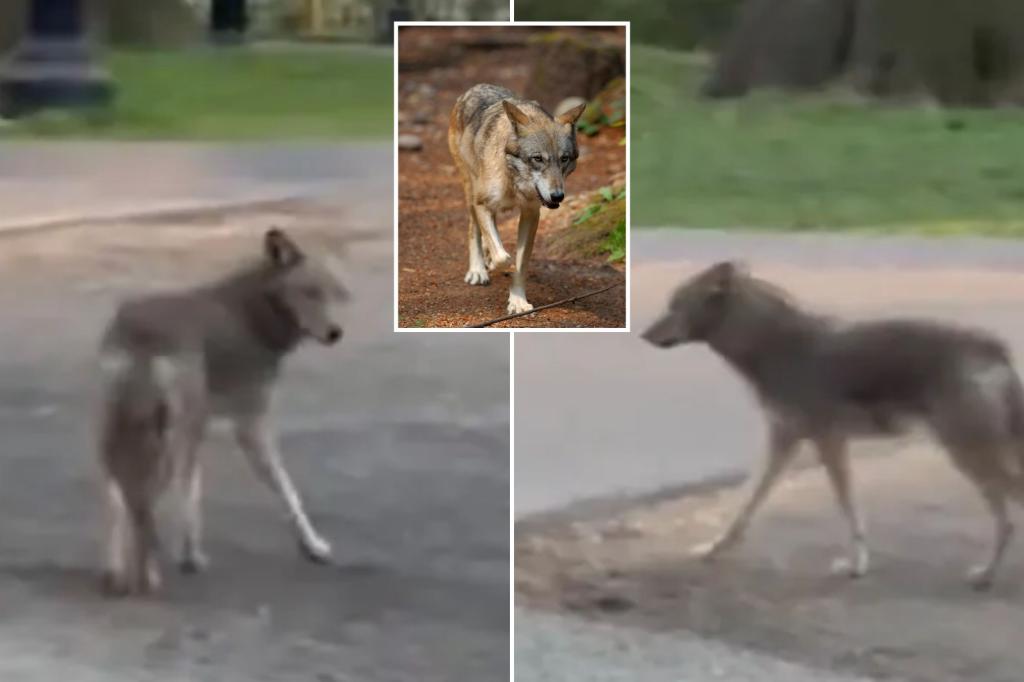Wildlife biologists have confirmed that the large, gray eastern coyote recently spotted in Central Park is actually part wolf. This discovery is not surprising as they explained that all coyotes currently roaming the northeast region are the result of cross-hybridization between coyotes and eastern wolves. This interbreeding began about 100 years ago in Ontario, Canada, leading to the formation of a new type of coyote with wolf ancestry. This evolution has continued as these animals have spread down the east coast.
The encounter with the Central Park coyote was documented by a jogger, Brett Cohn, who shared footage of the animal on social media. Cohn described the surprising moment when he came face to face with the coyote while jogging in the park. Despite its wolf ancestry, experts clarified that this particular coyote is not a coywolf, which is the result of a full-bred wolf mating with a pure-blooded coyote. The Central Park coyote likely had parents that were mostly coyote with just a small amount of wolf in its lineage.
Roland Kays, a zoologist at North Carolina State University, described the eastern coyote as an intriguing type of coyote undergoing an evolutionary transition. He emphasized that while it may have wolf ancestry, it should not be classified as a new species and should not be referred to as a coywolf. Both Kays and wildlife biologist Chris Nagy reassured the public that eastern coyotes, despite their mixed heritage, do not pose a greater threat to humans than full-blooded coyotes.
Despite the fascinating nature of the Central Park coyote and its unique ancestry, there are concerns about its survival in an urban environment. Jon Way, founder of Eastern Coyote Research, expressed worry that the coyote may face challenges such as exposure to rat poison, which could harm the animal directly or through contaminated food sources. This concern is reminiscent of the fate of Flaco the Owl, who tragically died after ingesting rat poison. It is hoped that the Central Park coyote will be able to navigate these threats and continue to thrive in its urban habitat.
The presence of coyotes with wolf ancestry in Central Park and other parts of the northeast highlights the complexity of wildlife evolution and adaptation in urban environments. The interbreeding between coyotes and eastern wolves has created a distinct type of coyote that continues to evolve as it spreads throughout the region. By understanding the genetic and behavioral characteristics of these animals, researchers can better assess their impact on ecosystems and human communities, ultimately leading to more effective conservation and management strategies.
Overall, the story of the Central Park coyote offers a glimpse into the ongoing process of evolution and adaptation occurring in urban wildlife populations. While the coyote’s wolf ancestry adds an intriguing dimension to its presence in the park, experts emphasize that it does not change the fundamental nature of these animals or the level of threat they pose to humans. Through continued research and monitoring of these unique coyotes, scientists can gain valuable insights into the dynamics of wildlife populations in urban areas and work towards ensuring the long-term survival of these fascinating animals.


